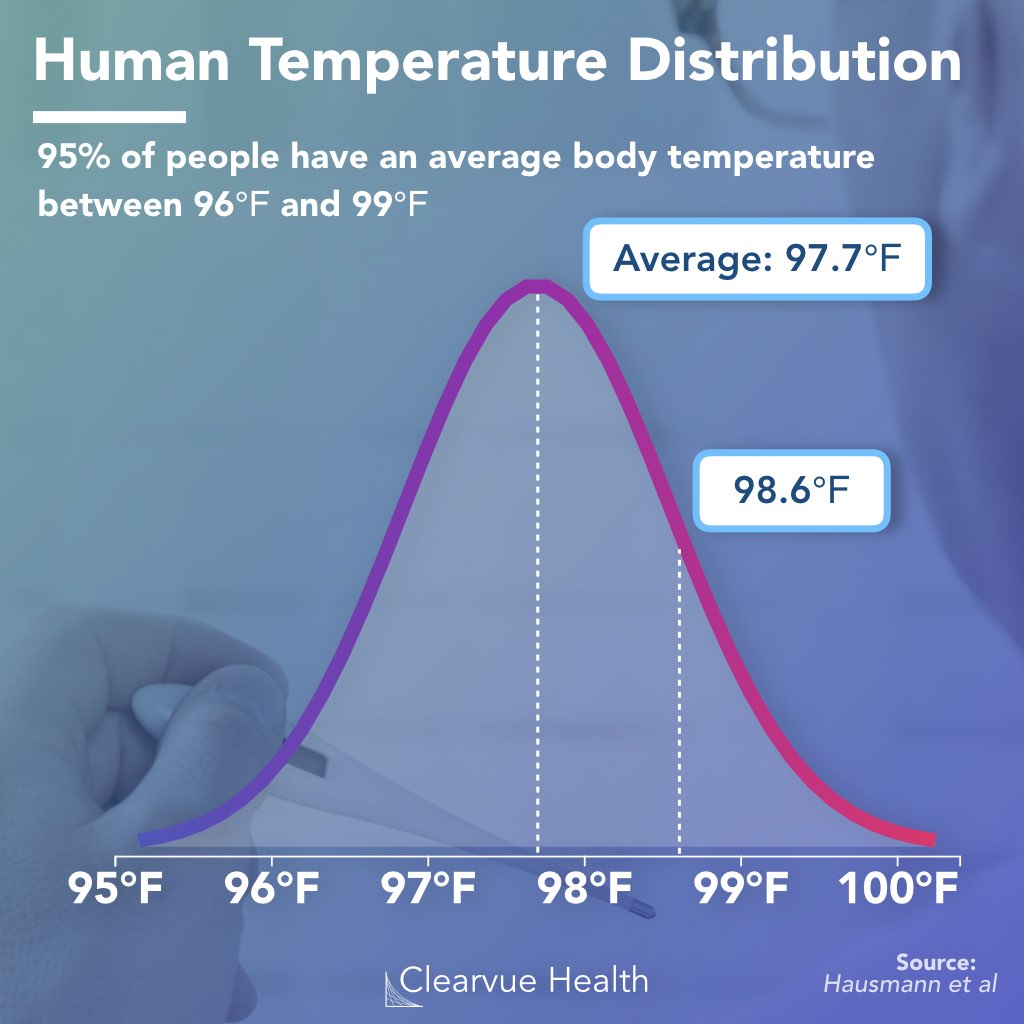

Temp agencies conduct basic interviews with all applicants before onboarding them. Conducting interviews to shortlist candidates."I think it's inevitable that those places I mentioned will be grappling with this issue for the foreseeable future, and I hope more places don't get added to that list. "Unfortunately, with the climate change that's already locked in, we'll continue to warm up a fair bit, even if we stopped emitting greenhouse gases today," Raymond said. "And with global warming, that's only going to become more frequent." Locations that are at risk of these temperatures in the next 30 to 50 years include northwest Mexico, northern India, Southeast Asia and West Africa, he added. "There are places that are already starting to experience these conditions for an hour or two," Raymond said. Since the late 1980s and 1990s, hotspots have been the Indus River Valley of central and northern Pakistan and the southern shore of the Persian Gulf. How would just 2 degrees of warming change the planet?įew locations have hit a wet-bulb temperature of 95 F in recorded history, according to the Science Advances study. Has the Earth ever been this hot before? But, of course, not all people have access to it, and even in places where many people have air conditioning, the electrical grid may be unreliable, Raymond said. Luckily, air conditioning can save people from unlivable heat.

This is why people sometimes die in heat that does not reach a wet-bulb temperature of 95 F. Older people people with certain health conditions, such as obesity and people who take antipsychotics can't regulate their temperature as well, so it's easier for heat to kill them. Exercise and exposure to direct sunlight make it easier to overheat. There also isn't a way to confirm that 95 F is the exact wet-bulb temperature that's unsurvivable Raymond estimated that the true number is in the range of 93.2 F to 97.7 F (34 C to 36.5 C).Īlthough no one can live at a wet-bulb temperature higher than about 95 F, lower temperatures can also be deadly.

There's no way to know for sure the exact amount of time, he said, but studies have tried to estimate it by immersing human participants in hot water tanks and removing them when their body temperatures began to rise uncontrollably. This can lead to symptoms such as a rapid pulse, a change in mental status, a lack of sweating, faintness and coma, according to the National Institutes of Health.Ī wet-bulb temperature of 95 F won't cause immediate death, however it probably takes about 3 hours for that heat to be unsurvivable, Raymond said. But when the air temperature is 102 F (38.9 C) and the relative humidity is 77%, the wet-bulb temperature is about 95 F (35 C).Īt this point, the body becomes hyperthermic - above 104 F (40 C). For example, when the air temperature is 115 F (46.1 C) and the relative humidity is 30%, the wet-bulb temperature is only about 87 F (30.5 C). But when both the humidity and the temperature are very high, the wet-bulb temperature can creep toward dangerous levels. If the humidity is low but the temperature is high, or vice versa, the wet-bulb temperature probably won't near the human body's tipping point, said Colin Raymond, a postdoctoral researcher at NASA's Jet Propulsion Laboratory who studies extreme heat. The latter is important because with more water in the air, it's harder for sweat to evaporate off the body and cool a person down. Rather, a wet-bulb temperature is measured by a thermometer covered in a water-soaked cloth, and it takes into account both heat and humidity. Wet-bulb temperature is not the same as the air temperature you might see reported by your local forecaster or favorite weather app. The answer is straightforward: a wet-bulb temperature of 95 degrees Fahrenheit (35 degrees Celsius), according to a 2020 study in the journal Science Advances.


 0 kommentar(er)
0 kommentar(er)
